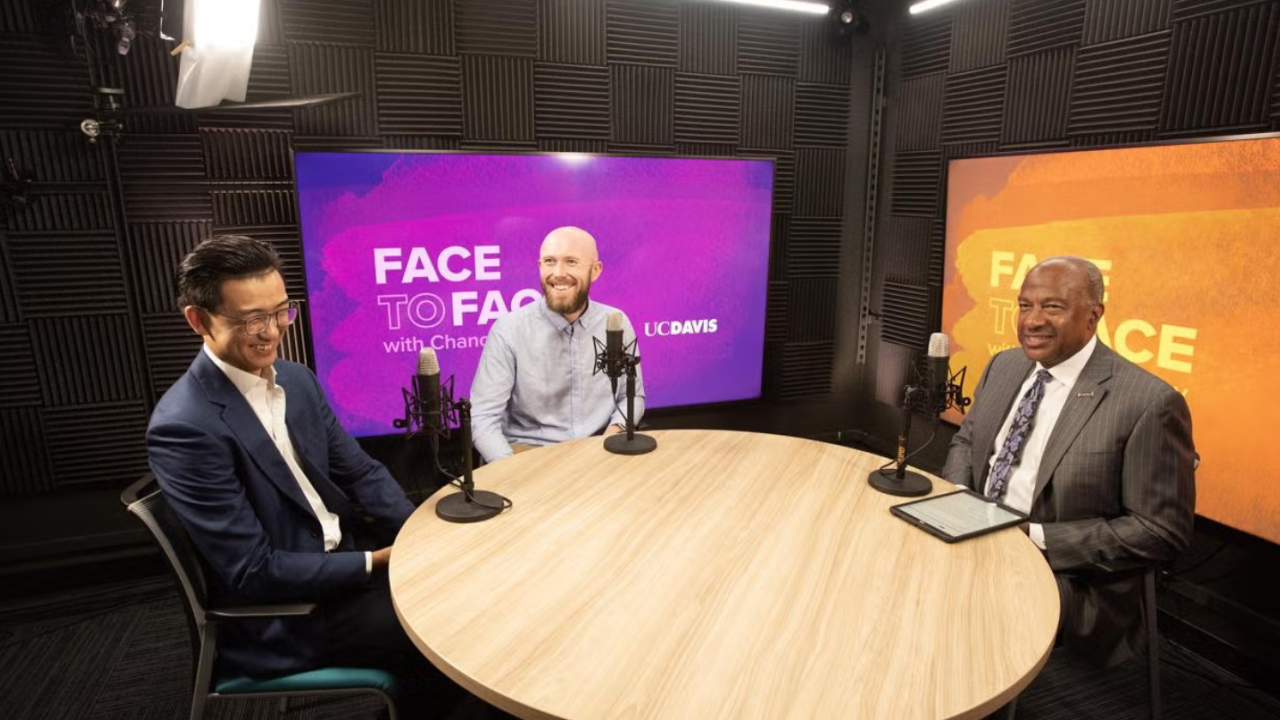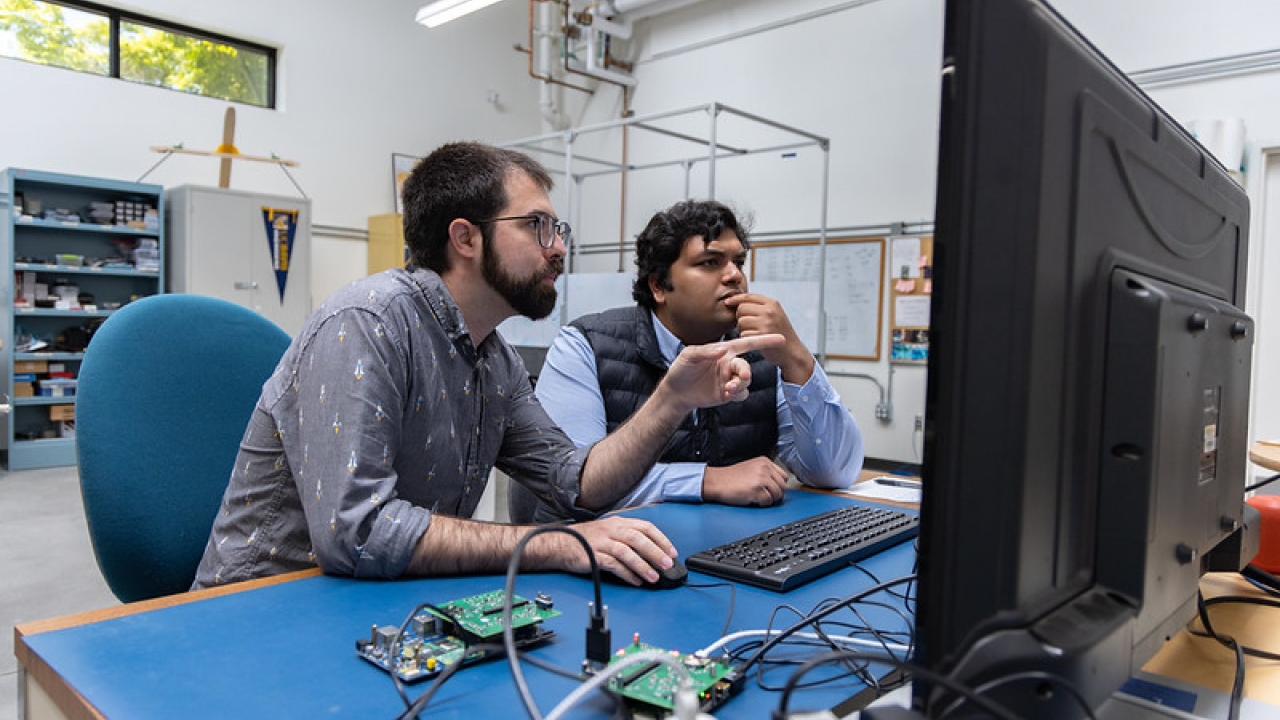Sanjit Mitra Lecture: Future of Digital Signal Processing
November 06, 2015
12:00 am to 1:00 am
Dr. Sanjit Kumar Mitra will speak on “Digital Signal Processing: Road to the Future” at 4 p.m. on Thursday, November 5, 2015 in Room 1003 of Kemper Hall on the UC Davis campus. A reception will follow the lecture, from 5-6 p.m.
The field of digital signal processing (DSP) has been a very active area of research and application for more than 5 decades. This broad development has paralleled in time the rapid development of high-speed electronic digital computers, microelectronics, and integrated circuit fabrication technologies. An ever-increasing assortment of integrated circuits specifically tailored to perform common DSP functions is available to the design engineer as system building blocks or parts-in-trade. DSP methodologies have been applied to consumer electronics, communications, automotive electronics, instrumentation, medical electronics, tomography and acoustic imaging, cartography, seismology, speech recognition, robotics etc. In this talk Dr. Mitra will provide provide a brief overview of the initial developments in DSP, followed by a review of some of the important advances made during almost sixty-year period of its growth, and describe a number of key applications. We conclude with a speculation on the future trends and directions.
Mitra is the Research Professor of Electrical & Computer Engineering, University of California, Santa Barbara; and Professor Emeritus, University of Southern California, Los Angeles. He has published more than 700 papers in the areas of analog and digital signal processing, and image processing. He also holds five patents and has authored or co-authored 12 books.

He completed his undergraduate work in physics, with honors, at India’s Utkal University in 1953. He earned a master’s degree in radio physics and electronics at the University of Calcutta, and subsequently came to the United States to complete a second master’s degree and PhD, both in electrical engineering, at UC Berkeley.
He then became an assistant professor at New York’s Cornell University, where he created a course on the use of active analog filters as integrated circuits: one of only two such courses in the United States at that time. He joined the UC Davis College of Engineering in 1967, and soon restructured the junior-level course in analog and digital electronics, adding a novel lab component and developing videotaped self-instruction modules.
He transferred to UC Santa Barbara in 1977, where he established an undergraduate course on digital signal processing, also complemented by an innovative MATLAB-based laboratory section. He rose to become chair of the UC Santa Barbara Department of Electrical and Computer Engineering in 1979 and served for a three-year period.
He joined USC’s Department of Electrical Engineering in 2006, as a member of the university’s internationally known Signal and Image Processing Institute (SIPI). That same year, he won the Institute of Electrical and Electronics Engineers (IEEE) James H. Mulligan Jr. Education Medal, honoring his “outstanding contributions to electrical engineering education through pioneering textbooks, innovative laboratory development and curriculum reform.”
He already had been named an Alexander von Humboldt Foundation (Germany) Distinguished Senior U.S. Scientist, and had received the 2000 IEEE Millennium Medal, and the 2002 European Association for Signal Processing (EURASIP) Technical Achievement Award. More recently, he received the 2009 EURASIP Athanasios Papoulis Award, and the 2013 IEEE Gustav Robert Kirchhoff Award, the latter for his “outstanding contributions to the fundamentals of filter design and signal processing.” He has served IEEE in numerous capacities, including a term as president of the Circuits & Systems Society.
Mitra is a Fellow of IEEE, the American Association for the Advancement of Science (AAAS), and the International Society for Optical Engineering (SPIE). He also is a member of EURASIP and the National Academy of Engineering (NAE). He has held visiting appointments throughout the world, including Australia, Croatia, Finland, Japan, Turkey and the United Kingdom.
Location
Room 1003, Kemper Hall




